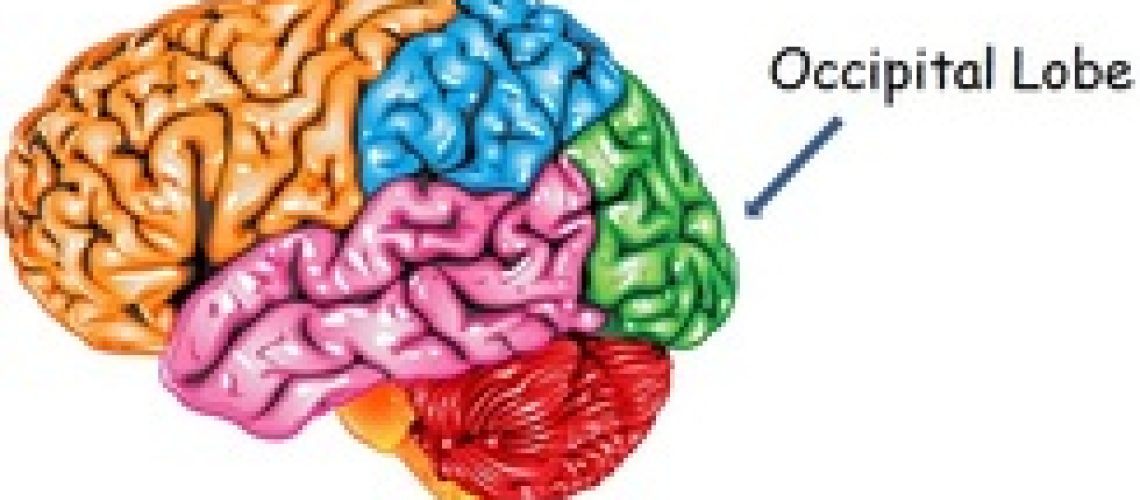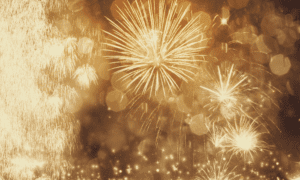In general, the average human brain weighs about 1,400 grams (3 lb). The brain looks like a large pinkish-gray walnut. The brain can be divided down the middle lengthwise into two halves called the cerebral hemispheres. Each cerebral hemisphere is divided into four lobes by sulci and gyri. The sulci (or fissures) are the grooves and the gyri are the “bumps” that can be seen on the surface of the brain. The folding created by the sulci and gyri increases the amount of cerebral cortex that can fit in the skull. The total surface area of the cerebral cortex is about 324 square inches or about the size of a full page of newspaper. Each person has a unique pattern of gyri and sulci, much like a fingerprint.
The third lobe of the brain for this series is the occiptal lobe which is located at the back of your head. It is where visual input in the brain is translated into information of what your eyes are seeing, and also to being able to understand what we read.
Similar to how the temporal lobe makes sense of auditory information, the occipital lobe makes sense of visual information so that we are able to understand it. If our occipital lobe is impaired, or injured we would not be able to correctly process visual signals, thus visual confusion would result. We might, for example, see an image chopped up or parts missing. Also, with back of the head injuries, our ability to get into a restorative sleep called REM sleep is often impaired.
Occipital lobe epilepsy accounts for about 5-10 of all epilepsy. An occipital lobe epilepsy may be triggered by a strobe light show since the origin is in the visual processing component of the brain.




